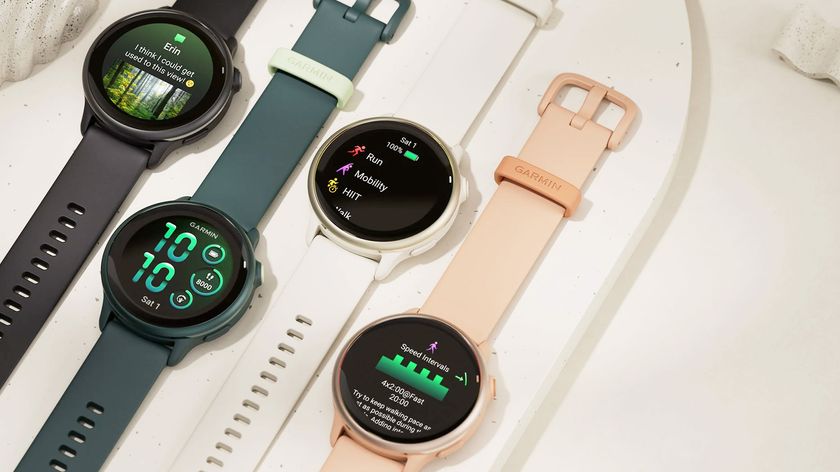Android 16 will reportedly copy a key security feature from iPhones
Android phones will start rebooting if you ignore them for long enough

Android has been beefing up its security the past few years, with features like Theft Detection Lock, Private Space and more.
Android 16 looks to be fortifying the best Android phones even more, and the latest security feature on the way could be taking some inspiration from Apple.
Inactivity Reboot is coming
Android Authority spotted this change in an APK of the Google Play Services app (version 25.11.34), which suggests that Google is working on an “inactivity reboot” feature for Android 16. The idea is that if an Android phone spends enough time doing literally nothing — 3 days to be exact — it will automatically reboot.
“Big deal,” you might say. “So what if the phone restarts itself after being stolen, how does it actually help?” Well, it actually makes your phone much harder to break into.
Often, if a thief has your phone, they’ll be using some sort of software tool to try and break in. Law enforcement has been known to do this on occasion as well. The problem is that these tools have a much tougher time bypassing the lock screen after a reboot. Not only is the phone starting up from scratch, the biometrics have all been disabled.
So long as your passcode isn’t something ridiculously easy to guess like “passcode” or “123456” your phone gets a little bit more protection than it otherwise would have. Which could be the difference between keeping your data safe and not.
Inspired by Apple
Apple also implemented this feature with the launch of iOS 18. Initially devices were set to automatically reboot after 7 days, but iOS 18.1 shortened that time to just 3 days.
Sign up to get the BEST of Tom's Guide direct to your inbox.
Get instant access to breaking news, the hottest reviews, great deals and helpful tips.
In Apple’s case this sets an iPhone into the “Before First Unlock” state that also locks encryption keys away in the Secure Enclave processor.
Privacy-focussed GrapheneOS has also offered this feature for a long time. In fact, the Android ROM reduced the inactivity window — meaning devices reboot after 18 hours of inactivity rather than 72.
The GrapheneOS team also noted back in January 2024 that frequently rebooting your Android phone can help block firmware exploits. That's because those exploits don’t affect phones that are “at rest” — another term for devices that had been restarted but remained locked.
Like iPhones, this is due to the fact encryption keys are not available for apps to use after a reboot. The keys only move to quick access memory until that first unlock. That offers yet another benefit to having an inactivity reboot feature
Even more protection is coming with Android 16
According to code in the Google Play Services app, the inactivity reboot feature will be part of Android 16’s new “Android Advanced Protection Mode” — or AAPM.
This is an optional feature that, when enabled, will help lock down various aspects of Android 16 in the name of better security.
These features involve switching off 2G connections, disabling the ability to sideload apps from unknown sources, and enabling the memory tagging extension — which is designed to protect against memory corruption vulnerabilities.
AAPM will also allow apps to check whether the protective mode is switched on, and implement their own security measures on top of that. That will further protect your data and information from potential harm.
Android 16 is currently expected to arrive at some point in late Q2, which means we’re looking at a possible May or June release date. No doubt we’ll be hearing more at Google I/O 2025, which is confirmed to kick off on May 20.
More from Tom's Guide
- I've been using the Galaxy Z Fold 6 for over 6 months — here's the Galaxy Z Fold 7 upgrades I need to see
- Leaked Pixel 10 Pro Fold renders reveal a very familiar looking foldable
- iOS 19 software support rumor spells the end for three different iPhones — here's the models that will (and won't) get the update

Tom is the Tom's Guide's UK Phones Editor, tackling the latest smartphone news and vocally expressing his opinions about upcoming features or changes. It's long way from his days as editor of Gizmodo UK, when pretty much everything was on the table. He’s usually found trying to squeeze another giant Lego set onto the shelf, draining very large cups of coffee, or complaining about how terrible his Smart TV is.
You must confirm your public display name before commenting
Please logout and then login again, you will then be prompted to enter your display name.












